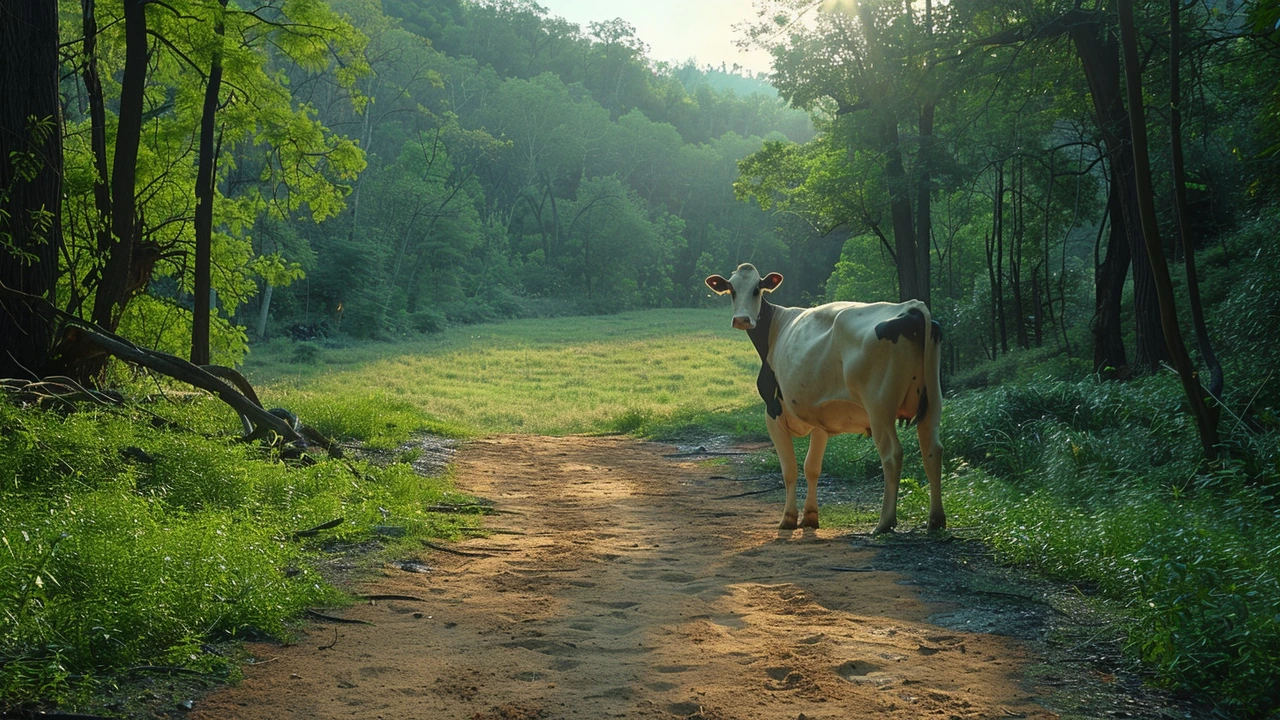Grazing Rules: Practical Guide for Small Farmers and Landowners
Grazing rules are simple practices and legal limits that keep land productive and animals healthy. They tell you how many animals to graze, when to move them, and what to protect on the pasture. Followed well, these rules cut erosion, keep forage growing, and reduce vet bills. Ignore them and you risk bare ground, weak animals, and neighbour disputes.
Start by knowing your stocking rate. That is the number of animals your land can support without damage. Calculate it from pasture size, forage growth, and animal size. If you don’t know, get a pasture assessment from a local extension agent or use online calculators. Reduce numbers during dry months or poor seasons.
Rotate grazing often. Move animals before they overgraze a paddock. Short grazing periods and longer rest periods help plants recover and build root strength. A basic rotation might be three to seven days grazing then 30 to 60 days rest, but adjust for climate and grass type. Track dates and paddock use so you can fine-tune timing.
Protect high-value areas. Avoid grazing riparian zones, young tree plantings, and steep slopes. Use temporary fencing or lanes to keep animals out. Protecting these spots prevents erosion and preserves water quality.
Water and shade are non-negotiable. Animals need reliable water within easy reach of all paddocks. Shade reduces heat stress and keeps grazing patterns steady. Plan water points so moving livestock is easy and stress-free.
Manage weeds and poisonous plants. Walk pastures often. Pull or spray only what's necessary and follow label rules. Some invasive species spread when trampled; control them early. If animals show strange behaviour, check for toxic plants and consult a vet.
Follow local laws and community rules. Many areas limit grazing near roads, rivers, or urban boundaries. Permits may be required for communal grazing or controlled burns. Check with local agriculture offices to avoid fines and conflicts.
Keep records. Simple notes on stocking numbers, rotation dates, rainfall, and pasture condition reveal trends over time. Records help you make smart changes before problems show up.
Plan for drought and wet seasons. Reduce stocking early when forage declines and rest paddocks longer after heavy rain. Use sacrifice areas to protect main pastures if needed.
Think about biodiversity. Grazing can boost native grasses when done right. Mix grazing with periods of rest, occasional mowing, or reseeding to support wildlife and soil health.
When in doubt, consult a local expert. Extension agents, vets, and experienced neighbours can spot issues you might miss. Small changes now save money and keep land productive for years.
Quick checklist to follow: walk paddocks weekly, measure pasture cover with a plate meter, record animal weights monthly, move stock before forage drops below safe height, keep a spare water pump and fencing kit, and update permits and insurance. Online resources and local extension offices offer templates for grazing plans and stocking calculators. Start small, track results, and adjust each season.
Good records and small fixes prevent big problems later and keep neighbours happy. Start today, learn fast.
New Regulations for Grazing in Kenyan Public Forests by Kenya Forest Service
By Sfiso Masuku On 11 Jun, 2024 Comments (10)

Kenya Forest Service has implemented revised rules for herders grazing in public forests, aiming to protect sensitive areas and manage forest resources sustainably. Herders now need a monthly permit, with specific regulations on grazing locations, capacity, and timings to prevent ecological damage.
View More




